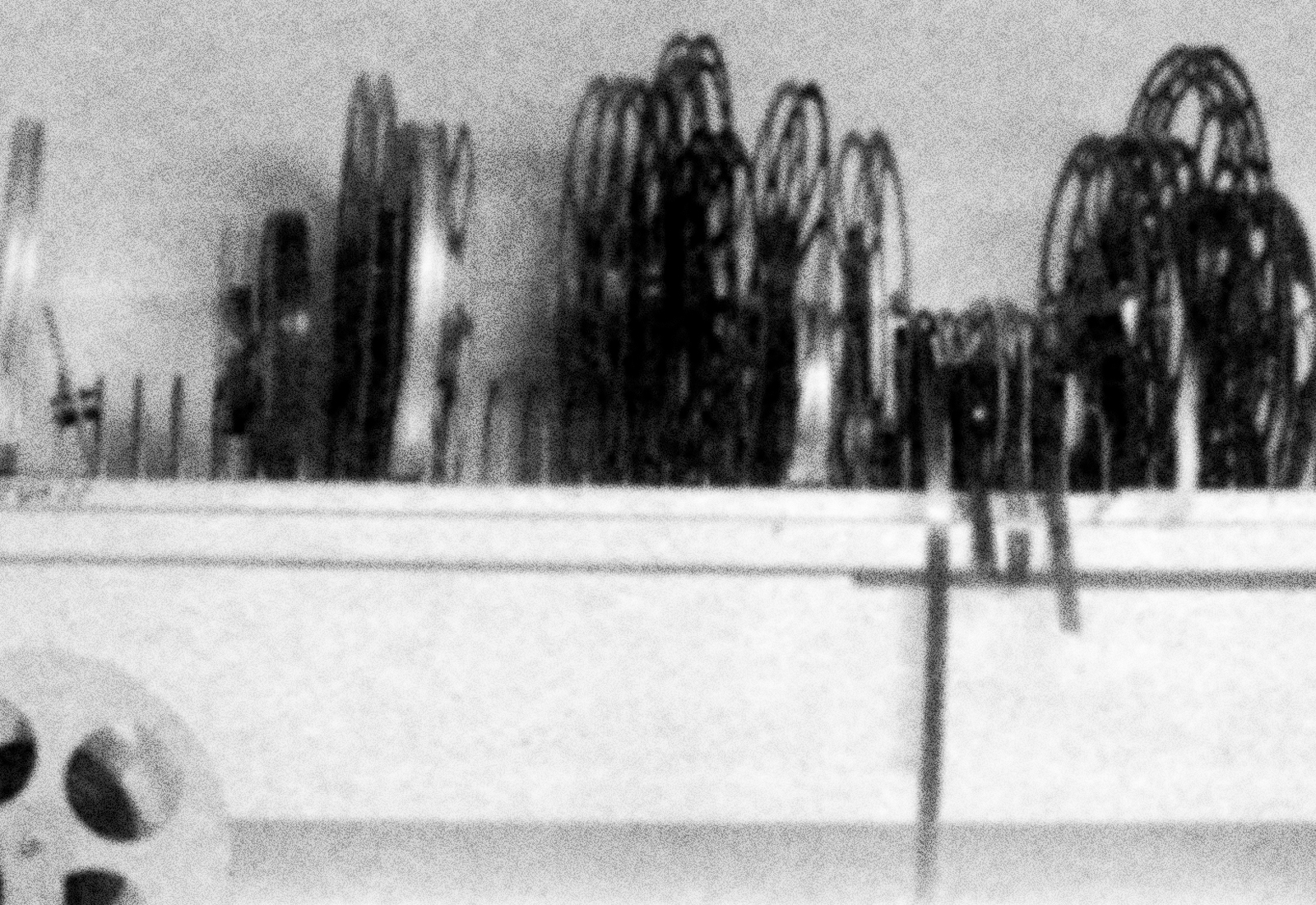
Johan-Magnus Elvemo
Abstract
Cinematic rhythm is a complex phenomenon involving probably all cinematic parameters. This essay focuses on rhythmic structures in human behaviour as one of these parameters. In face-to-face communication humans are normally both self-synchronized and interactionally synchronized. Introducing discontinuity in established behavioural patterns, through editing,will most likely have an emotional effect on the audience response to scenes, even though the changes in the patterns are so small, or of such a character, that the audience do not consciously experience them.
The Danish film historian Peter Schepelern maintains in his book Den fortællende film [“Narrative film”] (Schepelern 1972) that in terms of terminology it is actually a misrepresentation to talk about rhythm in film. Film does not have a recognizable beat or time signature, and therefore, according to Schepelern, it is absurd to talk about rhythm in the cinematic context. Schepelern sees relevance in the concept only if it is used in descriptions of editing speed, that is, in descriptions of what he calls “fast” or “slow” editing (Schepelern 1972, 144). Schepelern is obviously right when he asserts that film does not have fixed time signatures in the way that much music has, but is he right in concluding that it is absurd to use the concept in relation to cinematic expression? Are time signatures and bar lines really prerequisites for perceptions of rhythm? Clearly not for the filmmaker and author Andrej Tarkovsky, who maintains in the book Sculpting in Time (Tarkovsky 1986) that: “The dominant, all-powerful factor of the film image is rhythm, expressing the course of time within the frame” (Tarkovsky 1986, 113). Furthermore: “Although the assembly of the shots is responsible for the structure of a film, it does not, as is generally assumed, create its rhythm. The distinctive time running through the shots makes the rhythm of the picture; and rhythm is determined not by the length of the edited pieces, but by the pressure of the time that runs through them” (Tarkovsky 1986, 117).
This essay discusses how human communication-related micro-rhythms, in the editing process especially, can be used to promote and control the audience´s cognitive and emotional interpretations of cinematic characters and situations.
The main argument is that by synchronizing breaks in cinematic micro-patterns in relation to a films narrative stream, foundations for meaning productions are laid, in that these breaks influences the audience´s need for cognitive and emotional interpretation.
Two interpretations
Two fundamentally different interpretations form the basis for the respective approaches of Schepelern and Tarkovsky to the phenomenon and the concept of rhythm. While Tarkovsky looks at the concept of rhythm as vital to the understanding and description of film expression, Schepelern hardly sees the relevance of the concept. While Tarkovsky looks at rhythm as an expression of what is happening within the shots in the film, Schepelern sees the length of the shot as defining the cinematic rhythm. (The term “shot” here refers to the continuous cinematic sequence between two cut points in a film.) The conflict that these two interpretations represent forms one of the points of departure for this article. Another point of departure is the fact that the concept of rhythm is also used very frequently when film expression is to be interpreted and described, often with no form of precise clarification. The imprecision that forms the basis for this use of the term, among both practitioners and theorists, contributes to creating an unproductive uncertainty around both the concept and the phenomenon. In his book Narration in the Fiction Film (Bordwell 1985), the film theorist David Bordwell uses the concept of rhythm both with and without quotation marks — on the same page (Bordwell 1985, 76). This is a clear example of the uncertainty among film scholars when it comes to rhythm.
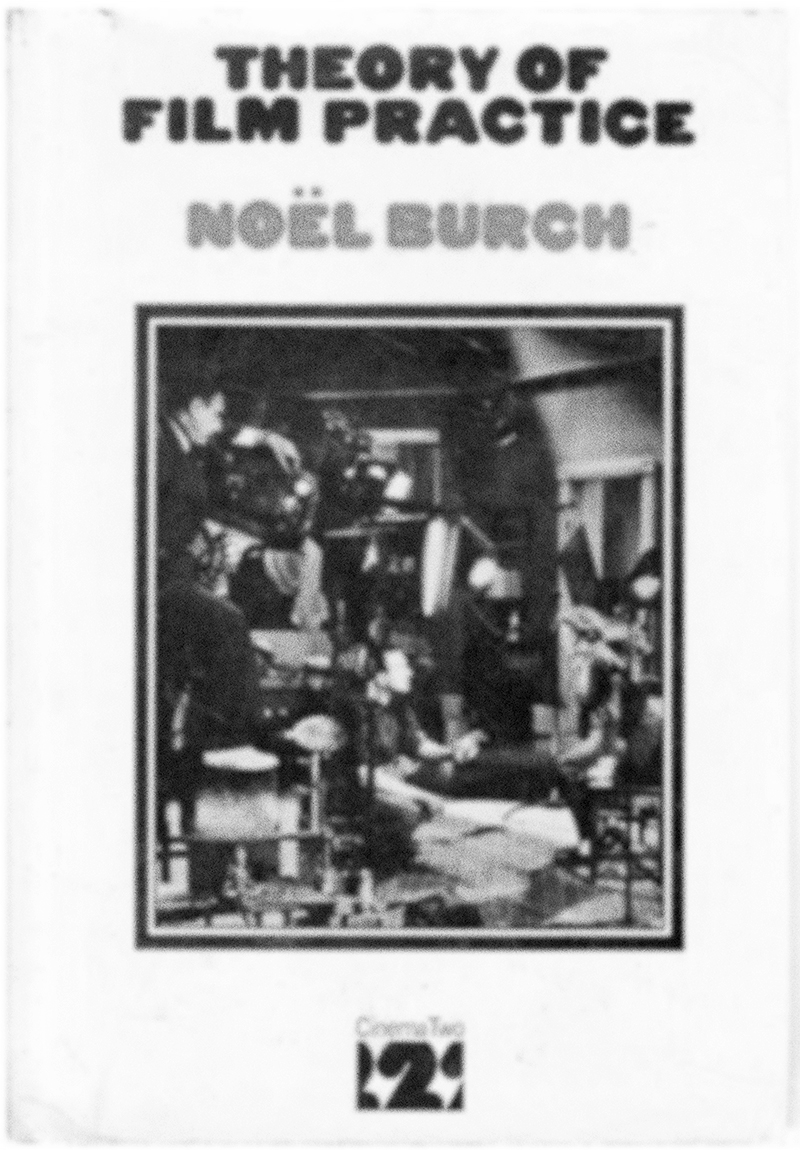
There are natural reasons that make the concept of rhythm difficult to pin down. Rhythm is one of the most widely used aesthetic concepts and is included in most of the terminologies related to the art disciplines. Architects, visual artists, photographers, dancers, authors, musicians, etc., all use the concept in analyses and explanatory models, each in their own way. In addition, there is a wide range in the application of the concept within and between the disciplines. In his book Story and Discourse (Chatman 1993), Seymour Chatman uses the concept of rhythm to describe patterns in larger structures associated with literature, that is, a type of macro-rhythm. He looks at exchanges between discourse-time and what he terms “story time”, which he describes as “the classical alternating rhythm” (Chatman 1993, 75). Sound theorist and composer Michel Chion uses the concept of rhythm in a completely different way in the book Audio-vision (Chion 1994). He uses the term “micro-rhythms” to describe the patterns composed of impulses that are very close to each other in the film expression, such as regularly cyclical rhythms in sounds and undulations on water surfaces (Chion 1994, 16).
Precisely because the experience of rhythm seems to play such a central role in so many contexts, it seems to be easy for everyone who uses the concept of rhythm to do so in their own way. Paradoxically, the situation is then that a concept everybody considers familiar evades clear definition. In the book Rhythm and Tempo (Sachs 1953), musicologist Curt Sachs’ answer to the question “What is rhythm?” is not entirely encouraging: “The answer, I am afraid, is so far, just - a word: a word without generally accepted meaning. Everybody believes himself entitled to usurp it for an arbitrary definition of his own. The confusion is terrifying indeed” (Sachs 1953, 12).
Each discipline must deal with this situation in its own way. Even though it is not a question of usurping the concept, it is difficult to avoid each discipline developing its own operational definitions of the term. For those of us in the cinematic field, however, this is not easy. Most cinematic expression is fundamentally highly complex, and regular patterns can therefore arise as a product of a wide range of both narrative and non-narrative impulses. Film theorist Noël Burch is probably right when he sums up in The Theory of Film Practice (Burch 1973):” ...I am tempted at this point to conclude that cinematic rhythm is defined by the sum total of all the parameters ... and is therefore incredibly complex.” (Burch 1973, 67).
However, if we look at the positive aspects of the situation, we can seek inspiration from a rich variety of fields and disciplines in the effort to clarify the concept for our area. As Schepelern seems to have done, we can look at how the concept of rhythm is used in relation to Western art music. Rhythm is often seen as a regular alternation in the intensity of impulses during a musical sequence. These alternations in emphasis emerge from the combination of long and short, accentuated and unaccentuated impulses. Definitions of rhythm based on this principle often involve concepts such as beats, pulses, accents, phrases, and tempo. Film expression does not have recognizable types of measure as in music, but does it have a pulse? Does it have accents? Or we can find inspiration in definitions that, for example, have literature as their point of departure and view rhythm experiences as a product of periodic sequences of events. If events are repeated in a predictable way, perceptions of rhythm are created. The author E.M. Forster, as he is quoted in the book Rhythm in the Novel by E.K. Brown (Brown 1950), defines rhythm as “...repetition with variation” (Brown 1950, 7). What is repeated in a given film expression? And how are the repetitions varied?
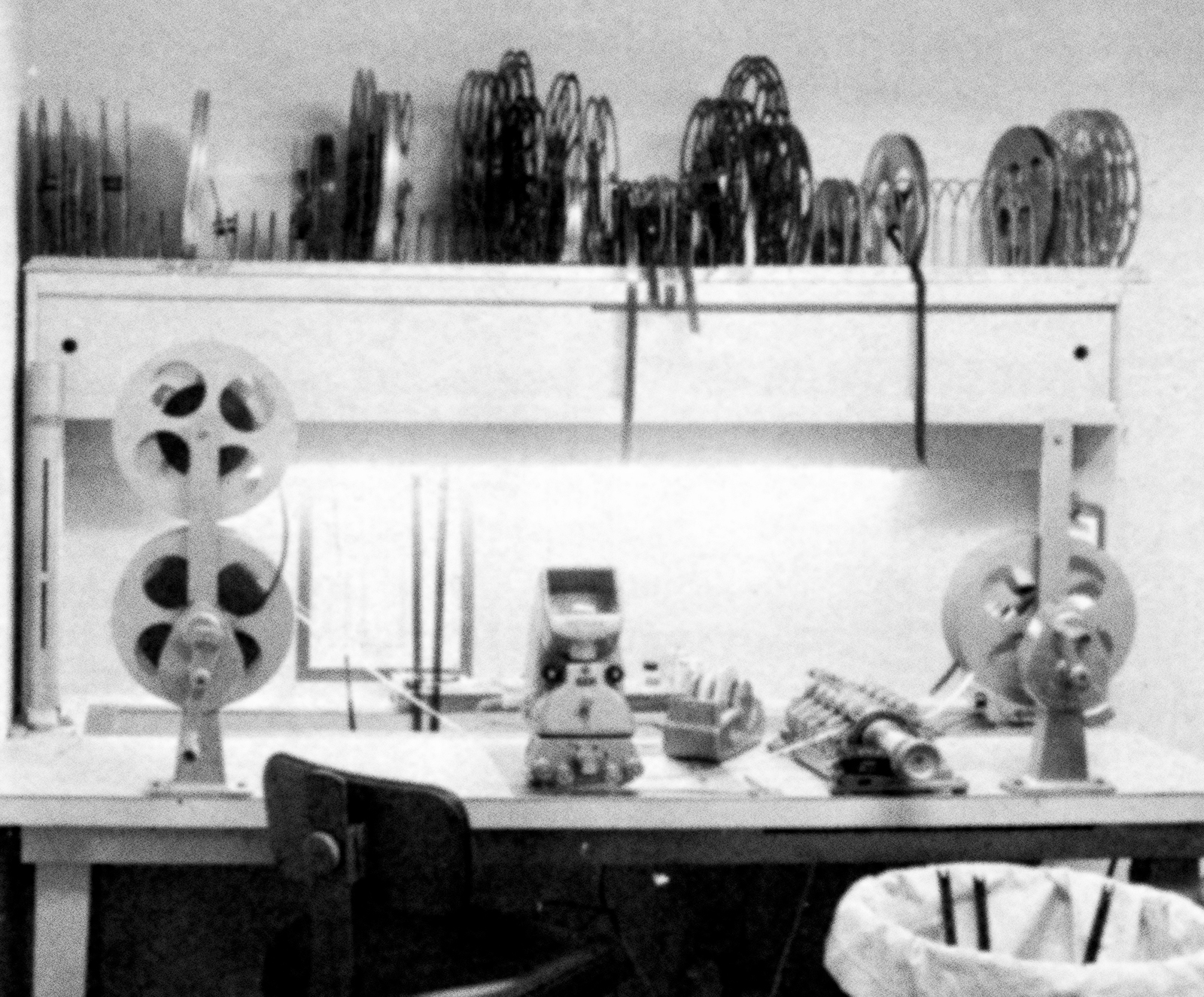
Human communicative rhythms
In the following discussion of the topic, however, I would like to draw in a non-aesthetic area, namely experimental psychology and especially the field of psychological research that is interested in issues related to the phenomenon of human communicative rhythms. Detailed analyses of people’s different patterns in communication situations, carried out by William S. Condon among others, have revealed a high degree of systematic structure in the way we organize our communication: “Rhythm is not a separate force added to ....behavior. It is a form of order or organization discovered in behavior and is an aspect of behavioral organization” (Condon 1986, 66). This research has clear relevance to us, since most films have humans as the main subject.
It might sound pretentious for a film person with a practical approach to introduce concepts such as communication-related micro-rhythms in the current context. The reason why the term is useful, is the fact that in the practical work of the production of films – and especially in the editing process – one actually work with tiny patterns in the character’s behaviour and expression. Experience has taught us that movements so small as to be almost imperceptible, such as eye and mouth motions or slight hesitations in replies, if timed correctly, can add narrative and emotional meaning to a cinematic sequence. When we try to adapt our choices in relation to these varied patterns, one frame – 1/24 of a second – may have great significance in given situations. Because one frame is in fact the smallest unit of film, the use of the term “micro-rhythms” in this context can be considered legitimate, at least to some extent.
Through his studies of micro-movements, William S. Condon demonstrated the fundamental rhythms underlying human behaviour: “Both speech and body motion obey...(a)...hierarchic rhythm structure and are simultaneously synchronized across....multiple levels in their co-occurring” (Condon 1986, 64). Condon uses the term “self-synchrony” to describe the complete synchronization of a person’s speech patterns and different body motions under all normal circumstances. According to Condon, the patterns created by this synchrony are hierarchical: large movements such as hand gestures are associated with larger parts of a sentence, such as phrases, while smaller movements such as finger motions are associated with words and phonemes. When several parts of the body are systematically and continuously moved at the same time – fingers, hands, head, etc. – patterns of movement are created. It is not the changes in each part of the body that are interesting in themselves, but the way that these changes as a whole are perceived as organized and rhythmic. Some patterns of movement are perceived as typical of the individual, and help us to recognize each other by our gait and other habits. These patterns are thus fairly constant. Other patterns are more temporal and a product of the situations and relationships in which we happen to be involved. For example, the movement patterns of a character may change under stress. In this way, changes in movement patterns can provide a gateway to a deeper understanding of characters and the situations in which they find themselves.
William Condon has also shown synchrony between people in dialogue with each another. In communication with others, we form common rhythmic structures characterized by shared synchronized behaviour: “The listener’s body moves almost as synchronously with the speaker’s speech as the speaker’s body does” (Condon 1986, 66). Condon calls this phenomenon “entrainment” or “interactional synchrony”. The synchrony between people in communication situations is not exact. For example, if we listen to a person who is talking, our body movements as a product of interactional synchrony will lag about 42 milliseconds behind the rhythm patterns of the person we are listening to. For those of us in the world of film, this is approaching one film frame.
One of the people who have studied interactional synchrony from a perceptual perspective is the rhythm researcher Mari Riess Jones. She tries to understand how, through entrainment, our attention is controlled by different rhythmic patterns in the environment around us. Her explanatory model points to the possibility that, in addition to our perception systems, we have some sort of oscillator that detects rhythmic patterns in our environment and triggers inner fluctuations that lock our attention to the patterns in question. Through this, we can create schemas predicting the temporal aspects of future sequences of events: “....people use context-sensitive dynamic schemes to generate expectancies....That is, the internal schemas are essentially temporal and reflect the relative time properties afforded by a particular context” (Jones 1986, 28).
All these factors are thus relevant to us in the production of film. The fact that people are normally self-synchronizing means that characters in films must also be seen as self-synchronizing. The fact that people in communication with each other synchronize their behaviour means that characters in films must also be seen as synchronized in their contact with each other. These aspects involve a great deal of work, more or less consciously, in various stages of production. Naturally, these aspects are especially relevant in actor training and in directing actors, but they are also relevant to film editing.
Continuity editing and communicative rhythms
Because cinematic expressions are normally built up by linking shots that are fragmented at the outset, it is not easy to achieve credible film characters and situations in film. Scenes are often shot without regard to the chronology of the action or temporal continuity, and dialogues are even filmed without all the participants being present at the same time. The material gathered through this fragmented work method must be assembled in the editing process to create complete cinematic expressions, characterized by the fact that they give the audience an illusion of continuity in action and time. This means that as film editors we must often create both self-synchrony and interactional synchrony that do not exist at the outset. The only way to achieve this is by searching for and identifying the different rhythmic patterns in the raw material. Through iterative examination of the raw material in which we observe character movements and lines over and over again we gradually become aware of the patterns in the material. We search back and forth in the material, looking for optimal moments, optimal lines, optimal movements. We listen, look and compare. Through this work, we both gain in-depth knowledge of the complete material and develop closeness to the various characters who appear in the material. The latter is important, because through interventions such as manipulation of rhythmic aspects in the expression it actually enables new interpretations of characters and situations during the editing process itself.
To raise one’s awareness of the various rhythmic aspects in the material is a complicated process in itself. The fact that, in addition to character movements, etc., we must draw in camera movements and other cinematic devices in this synchronization process, as Noël Burch suggested, does not make this assembly process any easier. Does a tracking stop correctly in relation to that dialogue line or doesn’t it? Does a pan start correctly in relation to the character movement – or doesn’t it? Should the music start two frames earlier – or not?
The phenomenon of communicative rhythms becomes especially interesting when we look at it in the context of the principles for traditional continuity editing. The meaning of the concept of continuity in film is usually related to our perception that time and space in cinematic expression corresponds to our experience of time and space in the world we live in. That is, the time and space of the film are perceived as being just as continuous and coherent as the way we normally perceive time and space. Most film and television expression is characterized by such continuity in time and space. In virtually all film production, great effort is dedicated to creating and sustaining the audience’s perception of temporal and spatial continuity. A complete set of conventions in production techniques has been developed throughout the history of film to ensure that unintended problems of continuity do not occur. For example:
- Maintaining the gaze point in transitions between shots.
(That is, that the eye does not need to move in the transition between the last frame of the outgoing shot and the first frame of the incoming shot: The points of interest in each of the shots are matched to each other). - Maintenance of axis related to movement and gaze direction.
(For example, ensuring that an object that is in motion from right to the left in the outgoing shot has the same movement direction in the incoming shot). - Variation in the view and camera placement to avoid jump cuts between shots.
An overarching goal of continuity editing is that the cuts should be "invisible". That is, the audience should not consciously relate to or perceive the cuts.
In the article The role of cutting in the evaluation and retention of film (Kraft 1986), Robert Kraft refers to experiments he carried out in relation to the phenomenon of segmentation and traditional continuity editing. The term “segmentation” is used here to describe the process in which in our perception we divide longer action sequences into smaller units. We do not create schemas or expectations for each moment of longer actions, just as we do not operate with only one schema for such actions. We divide the action up into larger or smaller units – segments. One of the things that Kraft wanted to find out was whether editing, as a device, influences this segmentation process in the audience. He asked the question: Does the editing have a syntactic function? That is, do the cut points function as a kind of cinematic punctuation that signals to the viewer how she or he should segment an action sequence, or don’t they? Through several experiments, he investigated this question. He ultimately concluded that editing as a device, when the principles of continuity are followed, does not affect the segmentation. We segment based on features of the narrative action sequence, similar to the way in which we segment sequences in our real lives, and in this sense the cuts remain invisible.
Within the scope defined by continuity editing, however, we have relatively great freedom in terms of continuity in the cut point. Greater freedom than many film editors are aware of. Actual or mathematical continuity between two shots occurs less frequently than many people believe. A very common editing convention used to create the illusion of continuity in a cut point, for example, is to overlap movements by one or two frames at the cut point itself. That is, the last couple of frames of the action in an outgoing shot are repeated right at the beginning of the following shot, only from a new camera angle. This is done to compensate for the masking effect that occurs when new information is introduced in a cut point. New information normally receives first priority perceptually. The brain’s processing of the last couple of frames of an outgoing shot therefore tends to be overridden or disturbed by the need to process new incoming information. Paradoxically, if the cut reflects actual continuity, it may give rise to a perception that some of the action is missing in the transitions between shots. In other words: The cinematic experience of continuity may be a direct product of actual discontinuity in some cases.
However, it is not unusual for even greater breaks in continuity to occur at a cut point without the audience consciously registering this. This change blindness, in which we do not notice larger and smaller changes in certain contexts, may be surprisingly great, attracting considerable attention to this phenomenon. A great deal of research has been conducted on change blindness as a phenomenon as early as the mid-1950s and until the present, but the phenomenon has still not been fully explained. Much of the research about change blindness uses film viewing as a method (for example, Levin and Simons 1997). This means that as filmmakers we have highly relevant literature to support us, if we want to look at this phenomenon in the context of cinematic language.
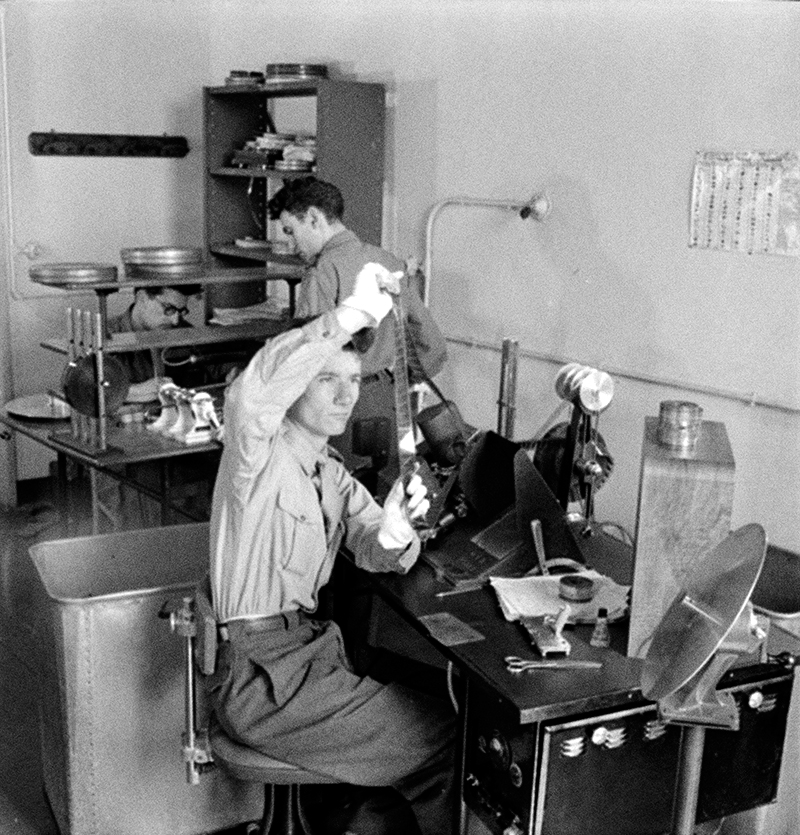
Editing patterns in Bonnie and Clyde
If we look more closely at the editing patterns in a film such as Bonnie and Clyde (Direction: Arthur Penn. Editing: Dede Allen, 1967), we find a wide range of examples of choices that are relevant in relation to the issues we are discussing. For example, the opening sequence – where Bonnie, in frustrated boredom, is lounging at home in her room – is characterized by a number of slight discontinuities in character movements. Small parts of Bonnie’s movements are omitted in the transitions between the various shots. Usually, most viewers do not notice these discontinuities in the movement patterns of the character. In other scenes in the film, parts of the movement patterns are repeated in the cut points. This applies to several of the cut points in the scene where the Barrow gang captures the Texas Ranger Frank Hamer. In the scene, there are examples of a full eight frames of character movement in outgoing shots (corresponding to one third of a second) being repeated in incoming shots. The discontinuity that this causes in the characters’ movement patterns, seen in isolation, is very strong in terms of traditional continuity editing. (Especially considering that one to two frames of discontinuity will be significant in certain situations). Despite this, even these great discontinuities in Bonnie and Clyde pass unnoticed by most viewers. Repeated viewings for varied audiences have revealed that in relation to these scenes it is normal not to notice that eight frames of the action are shown twice. This fact must not lure us into assuming that breaks in movement patterns that are not consciously perceived have no effect on the experience of the expression. My own attempts at re-editing the material from Bonnie and Clyde so that these communication-related breaks do not occur provide a clear subjective perception that the expression without these breaks is softer. That is, a scene characterized by discontinuity in the cut points, without this being consciously registered by the audience, will probably still have a different emotional effect on the audience than if we edited the same scene together and maintained pure continuity. The fact that we do not consciously notice the breaks thus does not necessarily mean that they have no effect. This perception is supported by research findings in connection with change blindness: “Several studies have examined the response of the visuomotor system to various types of change. Results show that even if the observer does not consciously experience the change, the visuomotor system may still respond to it” (Rensink 2002).
The psychologist George Mandler shares this view. As he is presented in Social Cognition (Fiske and Taylor 1991), he believes that if we introduce perceptual interruptions in established patterns, this will create increased tension in those who perceive the interruptions. These tensions will then be able to trigger a cognitive interpretation process, and they will be able to contribute – as one factor – to an emotional definition of the moment. According to Mandler, the perceptual interruptions do not need to be perceived consciously in order to have this effect.
Conclusion
Observing communicative rhythms in characters and situations in the material, as well as the other rhythmic patterns that may occur in the same material, and then combining all these patterns in the editing so that self-synchrony and interactional synchrony arise is therefore not a mechanical process. In efforts to create cinematic expressions, the filmmaker is rarely trying to copy or imitate reality directly. More than anything else, film production revolves around enhancing and condensing the experience of reality. The poet Jan Erik Vold, cited in the Norwegian daily newspaper Dagbladet (19 January 1999), maintains: “The poetic moment suspends time, suspends the narrative.” [Translated from Norwegian.] In the context of film, the perception that time is suspended, will be a product of the experience that given moments, through manipulation of the cinematic devices available to us, are highlighted in the overall expression. As discussed above, a way to strengthen the experience of single moments in film, and that can simultaneously help to promote and control the cognitive interpretation of characters and situations, is to introduce breaks in established rhythmic patterns. These interruptions do not need to be part of the raw material, but can be created in the editing. In this context, breaks in rhythmic patterns can primarily be created in two ways. One is to delay rhythmic determinants; the other is to accelerate their introduction. By synchronizing breaks in cinematic micro-patterns in relation to a film’s narrative stream, we lay a foundation for creating meaning, in that these breaks especially influence the audience’s need for cognitive interpretation. If we achieve this in a good way, we will perhaps be able to experience that time – or the cinematic moment – is suspended for an instant in a kind of temporal void, and that we are perhaps close to achieving what Tarkovsky was aiming for in the title of his book: “Sculpting in Time”.
Books
Schepelern, Peter. 1972. Den fortællende film. København: Munkegaard.
Tarkovsky, Andrey. 1986. Sculpting in Time. Reflections on the Cinema. London: The Bodley Head.
Bordwell, David. 1985. Narration in the fiction film. London: Methuen.
Chatman, Seymour. 1993. Story and Discourse: Narrative Structure in Fiction and Film. Ithaca: Cornell University Press.
Chion, Michel.1994. Audio-vision: sound on screen. New York: Colombia University Press.
Sachs, Curt. 1953. Rhythm and tempo – A Study in Music History. New York: Norton.
Burch, Noël. 1973. Theory of Film Practice. New York: Praeger Publishers.
Brown, E. K. 1950. Rhythm in the Novel. Toronto:Toronto Press.
Fiske, Susan T. and Taylor, Shelly E. 1991. Social Cognition.New York: McGraw-Hill.
Articles
Kraft, Robert. 1986. “The role of cutting in the evaluation and retention of film.” In Journal of Experimental Psychology. Learning, memory and cognition12: 155-163.
Levin, Daniel T. and Simons, Daniel J.1997. “Failure to detect changes to attended objects in motion pictures.” In Psychonomic Bulletin & Review 4: 501-506.
Rensink, Ronald A. 2002. “Change Detection.” In Annual Review of Psychology 53: 245- 277
Condon, William S. 1986. “Rhythm and Structure.” In Rhythm in Psychological, Lingustic and Musical Processes, edited by James R. Evans and Manfred Clynes. 55-77. Springfield: Charles C Thomas Publisher.
Jones, Mari Riess.1986. “Attentional Rhythmicity in Human Perception” In Rhythm in Psychological, Linguistic and Musical Processes, edited by James R. Evans and Manfred Clynes. 13-40. Springfield: Charles C Thomas Publisher.
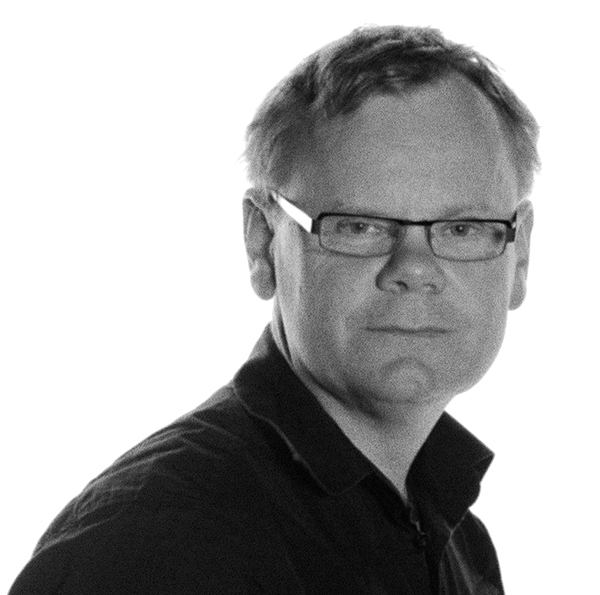
Johan-Magnus Elvemo
Johan-Magnus Elvemo teaches film and video production at the Department of Art and Media Studies at the Norwegian University of Science and Technology in Trondheim, Norway. His main research areas are film and perception and rhythm in film. He is currently working on a project on visual composition conventions in relation to perceptual and cognitive processing limitations.